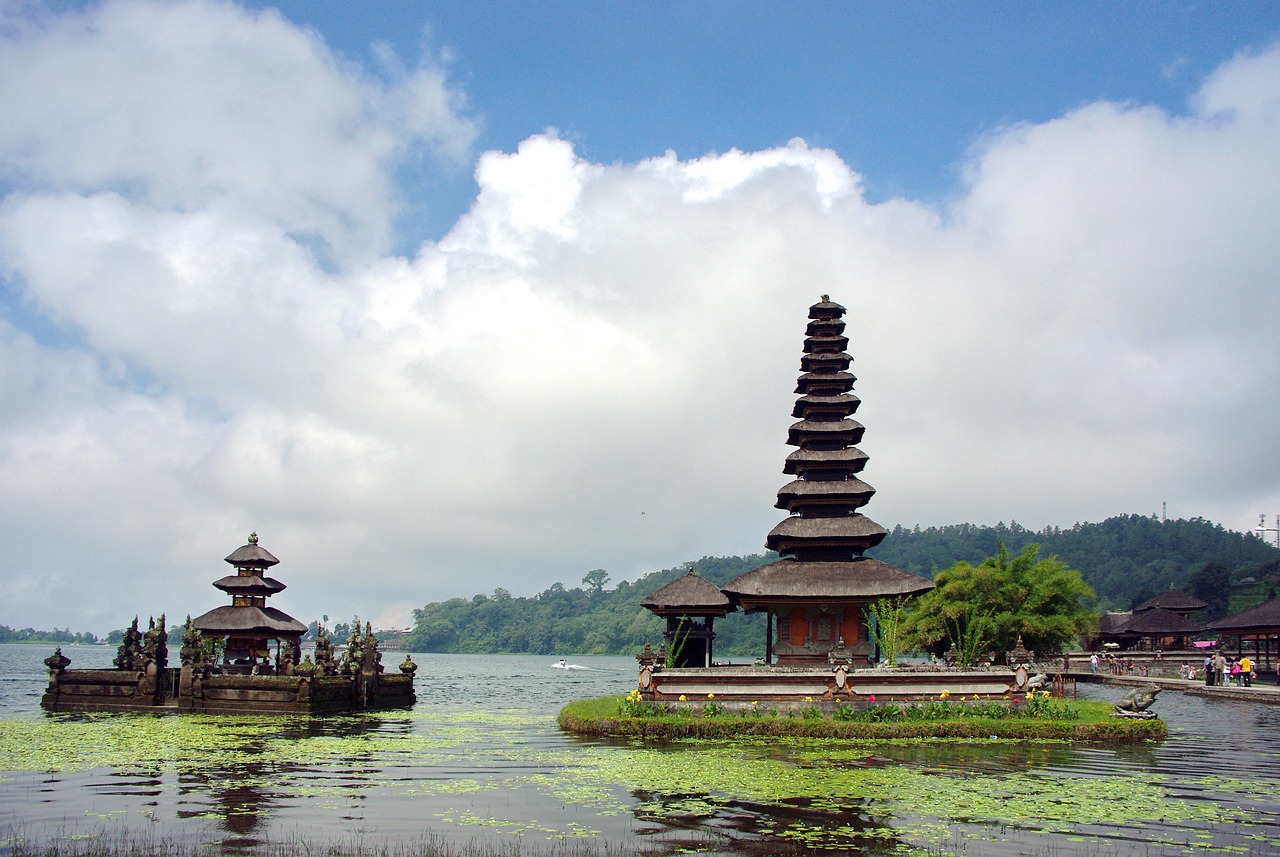Danu, a revered triple goddess in ancient Irish mythology, is celebrated as the “Great Mother” of Ireland. She is regarded as the matriarch of the Tuatha Dé Danann, a lineage that translates to “People of the Goddess Danu.” Danu signifies wisdom, abundance, and prosperity, yet her name also aligns with the concept of water, suggesting an interpretation as ‘the flowing one.’
In various accounts, Danu is depicted as the consort of Bilé and the mother of the Dagda, who held the title of chief among the Tuatha Dé Danann. Other legends suggest that Danu was either the daughter or beloved of the Dagda. Her offspring are numerous and notable, including figures such as Nuada, the god of leadership; Dian Cécht, the deity of healing; Ogma, known for eloquence; Airmid, associated with healing; and Goibhniu, the god linked to craftsmanship, among others.
The associations of Danu with various other goddesses are prominent due to shared traits and characteristics. For instance, she is often compared with Anu, the Universal Mother, and the Morrigan, known for her martial prowess. Danu’s resemblance to the Welsh goddess Dôn also stands out, with Dôn representing the nurturing matriarch in medieval Welsh narratives.
Her affiliations extend to geographical landmarks as well, with the River Danube believed to bear her name. In County Kerry, Ireland, two prominent hills known as Da Chich Anu/Anann, are thought to memorialize the form of Danu, symbolically representing nurturing features.
Danu embodies a deep connection to both land and water, serving as a goddess of fertility, prosperity, and wisdom. Her symbolic representations include horses, mystical stones, fish, and elements like the earth, air, and water. These symbols indicate her role as a nurturer and empowerer, inspiring individuals to aspire to their dreams and shape their own destinies.
The Tuatha Dé Danann’s Legacy
The Tuatha Dé Danann, or “people of the goddess Danu,” were a supernatural race heralded in Irish lore. It is said they arrived from four distinct mythical cities—Failias, Gorias, Findias, and Murias—each bestowing remarkable treasures upon them.
Among these treasures is the Stone of Fal from Failias, renowned for its power to cry out when a rightful king set foot upon it, eventually placed atop the renowned mound at Tara, the heart of Ireland’s ancient kingship. Other notable artifacts include Nuada’s Sword from Findias, which dealt only mortal wounds when drawn; the Spear of Lugh from Gorias, which was infallible in striking its target; and the Cauldron of Dagda from Murias that endlessly produced sustenance. These artifacts are symbolically tied to the four classical elements as well: earth, air, fire, and water respectively.
Under King Nuada’s reign, the Tuatha Dé Danann triumphed over the Fir Bolg, the then-residents of Ireland. An ensuing battle saw Nuada suffer an injury resulting in the loss of his arm, disqualifying him from kingship. In his stead, the half-Formorian Bres rose to power, whose tyranny led to further conflicts, culminating in a confrontation with the Formorians where King Nuada eventually fell to Balor. Lugh, however, rose to defeat Balor, claiming the title of High King among the Tuatha people.
The Tuatha Dé Danann faced defeat by the Milesians, the first Celts, during the battle of Teltown. Following their downfall, it is said they were permitted to remain in Ireland but were banished to subterranean realms. They became known as the Faery People, or the Sidhe, having their realms hidden in mystical mounds across Ireland, including landmarks like the Brú na Bóinne and Newgrange.
The Milesians adopted the name Eriu, one associated with the Tuatha Dé Danann goddess, for their new territory, which evolved into the modern name for Ireland. Eriu’s sisters, Banba and Fódla, continue to be romanticized as poetic names for the country. The myths surrounding the Tuatha Dé Danann are steeped in historical narratives and depict them as powerful and illustrious figures synonymous with Ireland’s pre-Christian deities.
Despite their ultimate defeat, the legacy of the Tuatha Dé Danann thrives in contemporary legends, symbolizing an enduring connection to Celtic mythology.



